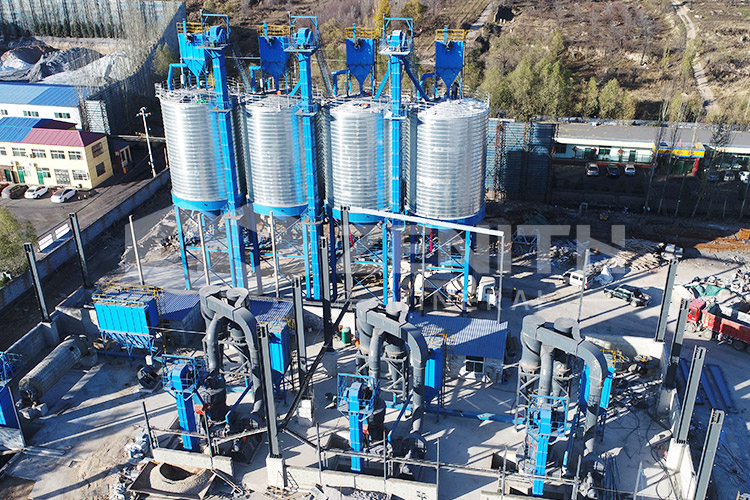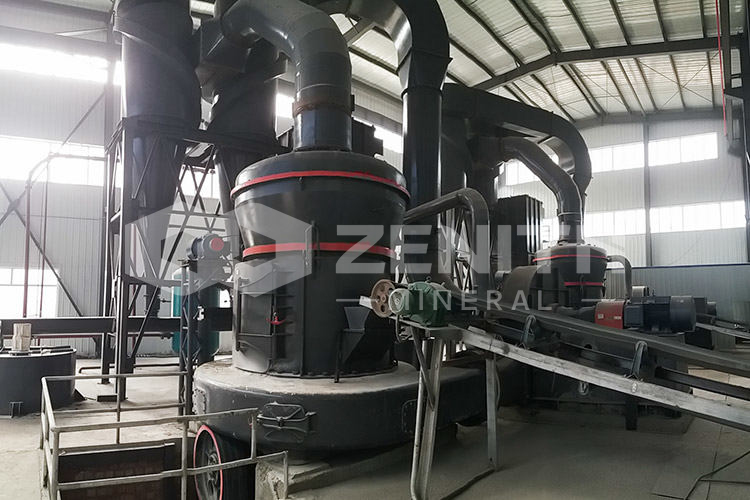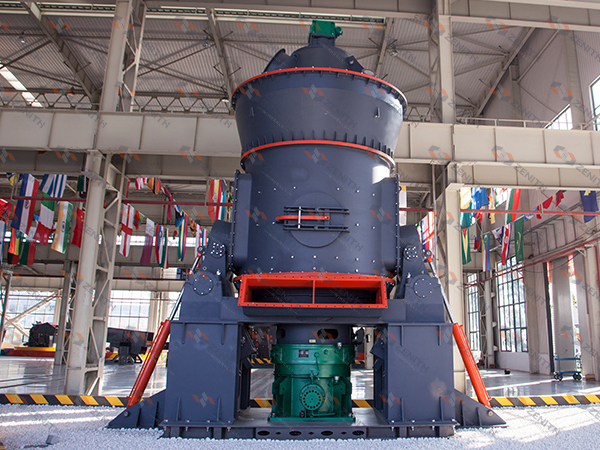Equipment list for a 600,000-ton-per-year slag powder project
2025-11-08 03:41:58
When planning a large-scale slag powder production facility with an annual capacity of 600,000 tons, selecting the right grinding equipment is paramount to achieving operational efficiency, product quality, and economic viability. Based on our extensive experience and product portfolio at Shanghai Zenith Machinery, we have curated a comprehensive equipment list designed to meet the rigorous demands of such a project. The core of this setup revolves around high-capacity, energy-efficient grinding mills, complemented by auxiliary systems for material handling, classification, and dust collection.
The primary grinding station for this capacity would ideally be centered on our LM Vertical Grinding Mills. For a 600,000-ton-per-year output (approximately 75-80 TPH based on 24/7 operation), we recommend a configuration involving two units of LM190K or LM220K models. These vertical roller mills are exceptionally suited for slag grinding due to their high degree of automation, constant running capability, and stable product quality. Their integrated design and ability to operate in open air significantly reduce civil engineering costs. The working principle involves the main motor driving the grinding disc, with material fed to the center and crushed by rollers under centrifugal force. The ground material is then dried and classified in a single unit operation, ensuring high purity and controlled fineness.
_1762544518142.jpg)
For the final stage of ultrafine grinding or to produce higher-value slag products, the LUM Ultrafine Vertical Grinding Mill is an indispensable component. This mill, integrating German powder separating technology, is capable of producing powders in the range of 325 to 2500 mesh. Its energy-saving design reduces consumption by 30-50% compared to ordinary mills, making it a cost-effective solution for producing premium-grade ultrafine slag powder. The hydraulic adjustment system allows for easy maintenance and quick replacement of vulnerable parts, minimizing downtime.
Pre-processing of raw slag is crucial. The Hammer Mill (HM Series) serves as the ideal equipment for initial size reduction, producing a consistent 0-3mm coarse powder from incoming slag lumps of up to 50mm. Its high grinding ratio and stable performance ensure a reliable feed for the downstream vertical mills. The robust construction with high manganese steel linings guarantees a long service life, even with abrasive slag materials.
_1762544518145.jpg)
No modern powder production line is complete without advanced classification and dust collection. We recommend integrating high-efficiency Powder Selectors with variable frequency drives (VFD) for precise fineness control. A comprehensive Pulse Jet Bag Dust Collector system is mandatory to ensure the entire production process operates under negative pressure, meeting the strictest environmental protection standards with no dust spillage and low noise. Furthermore, a complete system includes bucket elevators, screw conveyors, variable frequency belt feeders, and silos for raw material and finished product storage, creating a seamless, automated production line.
The selection of the MTW or MTM European Trapezium Mill also presents a viable alternative for certain sections of the process, particularly for producing fine powder in the 80-400 mesh range. Their modular impeller adjustment device allows for flexible output fineness, and their energy consumption is over 60% lower than traditional ball mills. The choice between these models and the vertical mills often depends on specific product portfolio targets and local infrastructure.
_1762544518148.jpg)
In conclusion, a successful 600,000-ton-per-year slag powder project requires a synergistic combination of robust, high-efficiency equipment. Zenith's proven solutions, from primary crushing with Hammer Mills, high-capacity grinding with LM Vertical Mills, to precision finishing with LUM Ultrafine Mills, provide a reliable, economical, and environmentally sound foundation for a world-class operation.
Frequently Asked Questions
- What is the typical power consumption for the entire 600,000 TPY slag powder line?
The total power consumption varies with the final product fineness, but a system centered on LM Vertical Mills typically consumes between 35-45 kWh per ton of finished slag powder, significantly lower than systems based on traditional ball mills. - Can the system handle variations in the moisture content of the raw slag?
Yes, the LM Vertical Mill and LUM Ultrafine Mill are equipped with integrated hot air systems that can effectively dry slag with moisture content up to 15-20% during the grinding process. - What is the expected service life of the grinding rollers and table liners?
For slag grinding, the high-chromium alloy cast iron rollers and liners in our vertical mills are designed for a service life of over 8,000 operating hours before requiring re-hardfacing or replacement. - How is the fineness of the final product controlled and adjusted?
Fineness is primarily controlled by the speed of the integrated powder selector (classifier). This is easily adjusted via the Variable Frequency Drive (VFD) from the central control panel, allowing for quick changes between different product specifications. - What level of automation can be expected from this grinding plant?
The plant can be designed for full PLC-based automation, including automatic start-up and shutdown sequences, continuous monitoring of key parameters (pressure, temperature, vibration), and remote monitoring capabilities, leading to largely unmanned operation. - What are the key certifications for the equipment's quality and safety?
All our core grinding equipment holds ISO international quality system certification, European Union CE certification, and Customs Union CU-TR certification, ensuring compliance with global standards. - What is the delivery and installation timeline for a project of this scale?
From order confirmation, the delivery of major equipment typically takes 4-6 months. The overall project timeline, including civil work, installation, and commissioning, usually ranges from 12 to 18 months.








